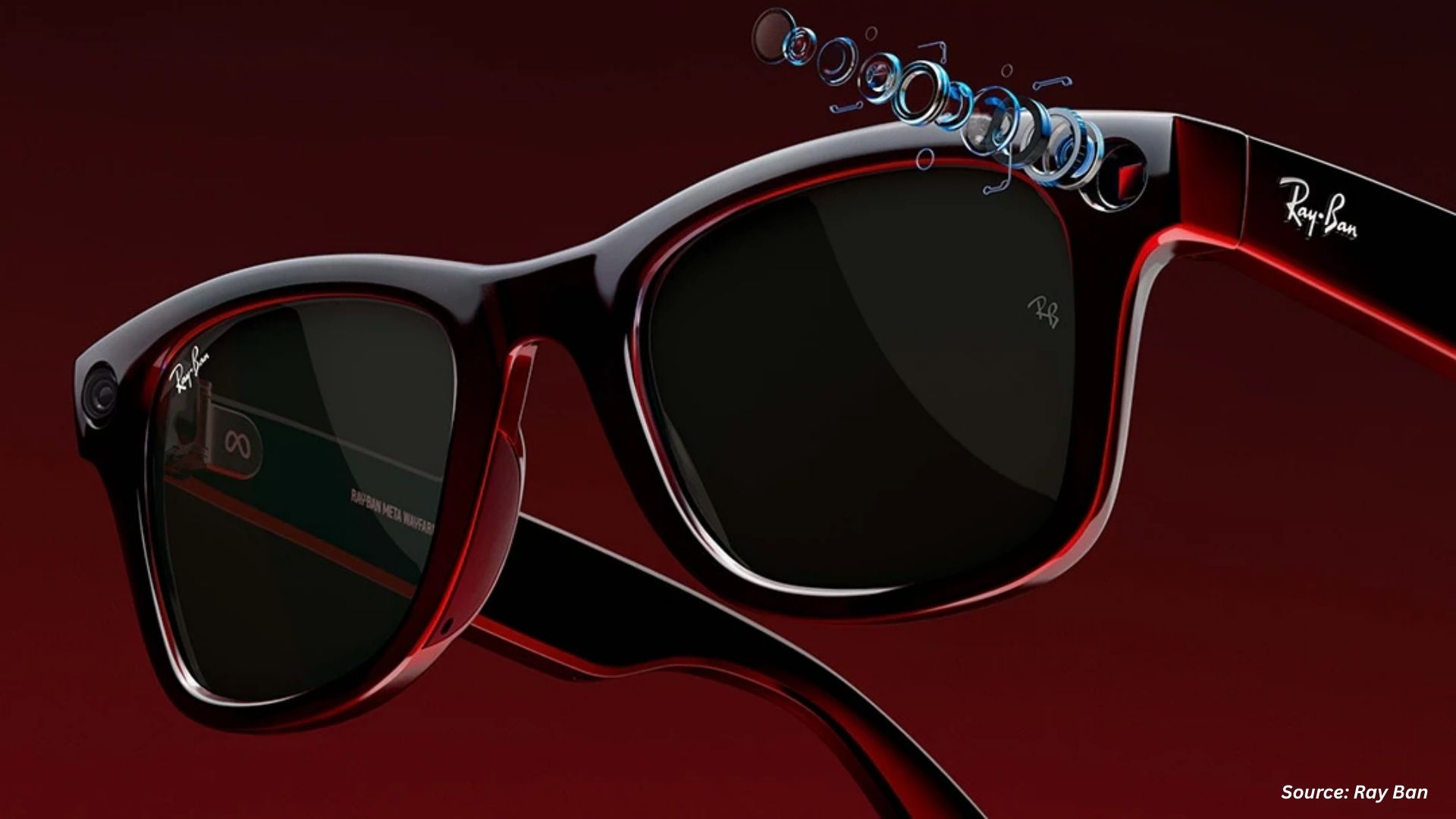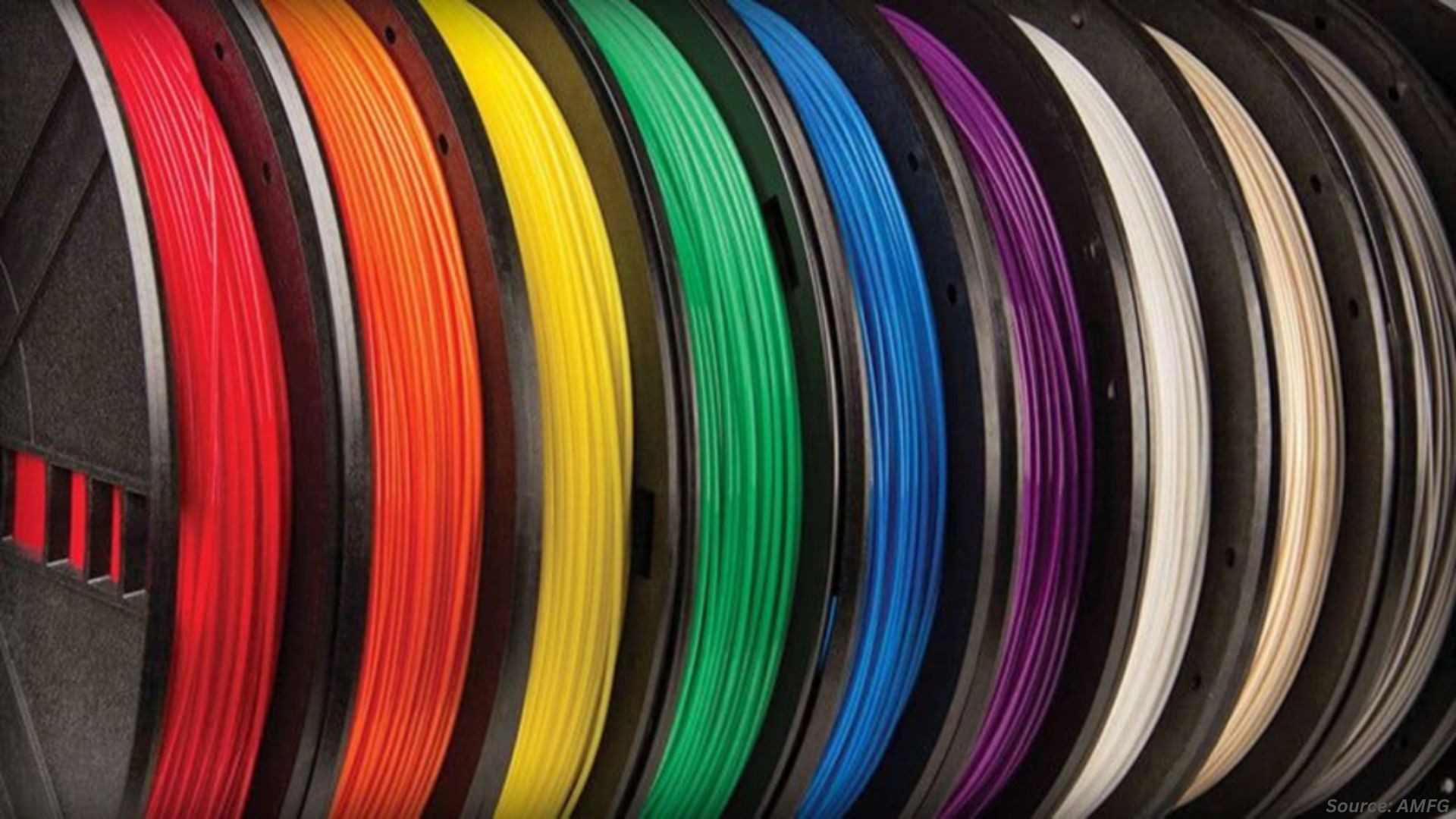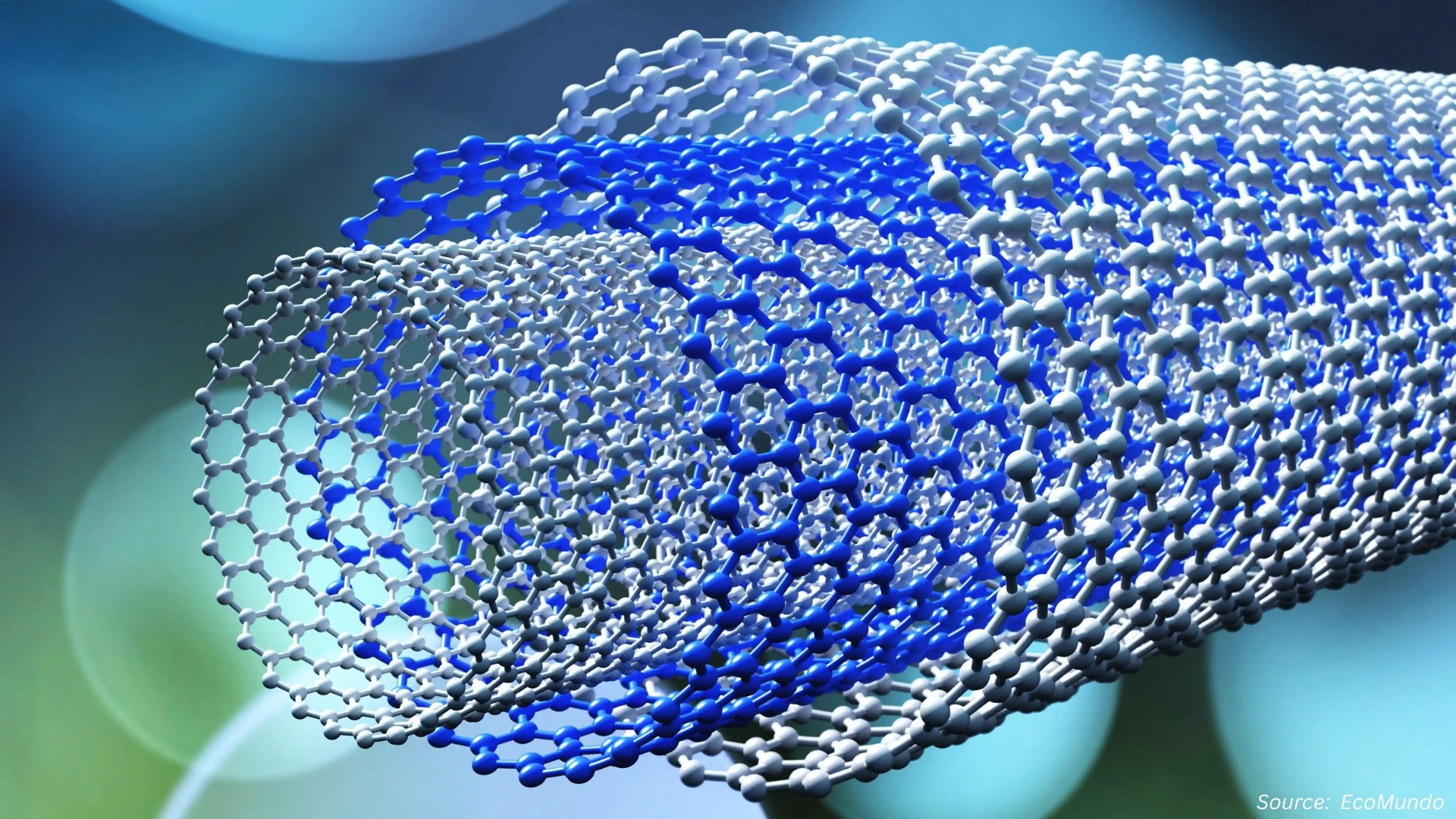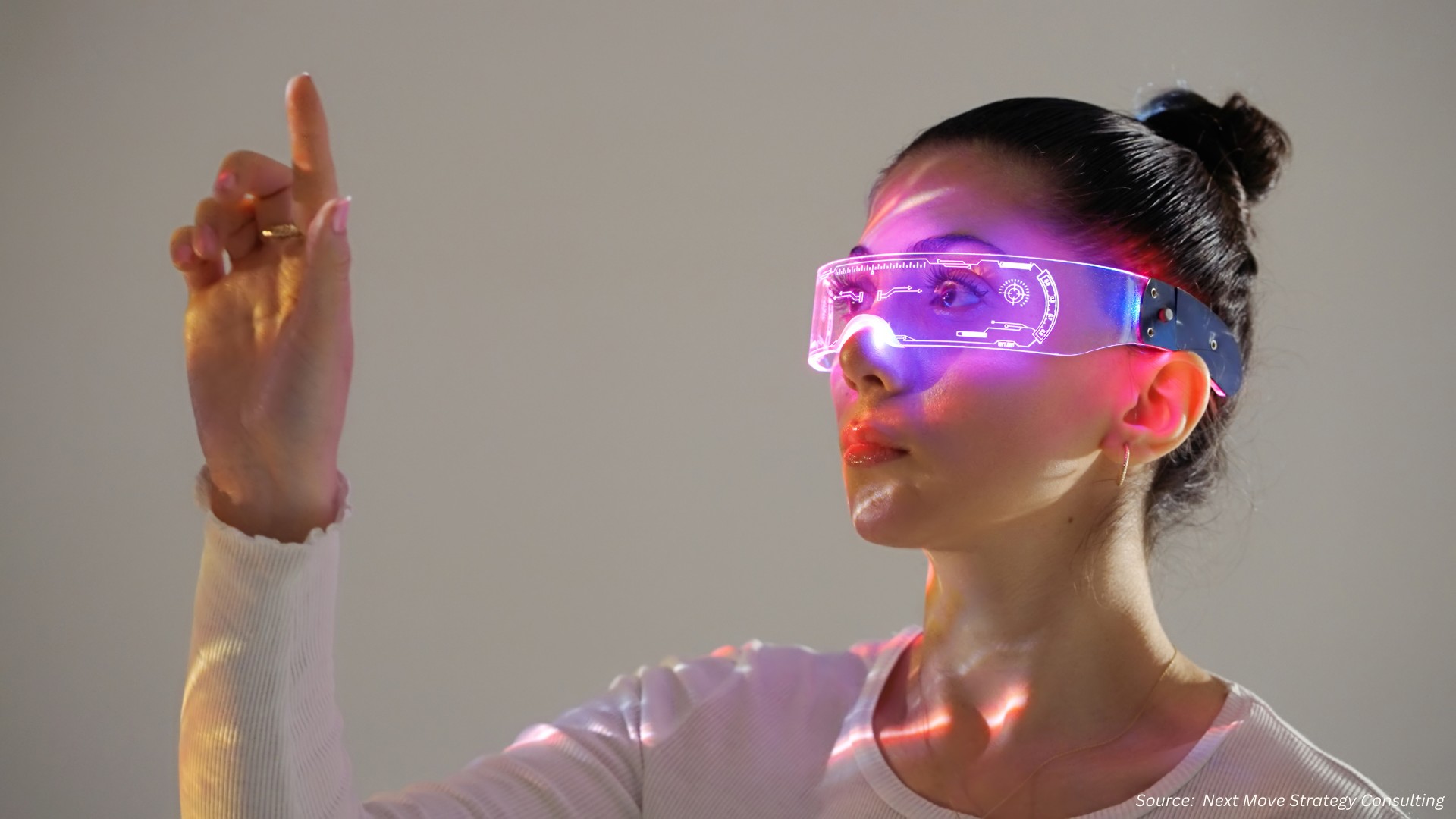How Smart & Advanced Glass Is Changing the Market
Published: 2025-09-15

Introduction
Over the years, glass technology has undergone a significant transformation, moving beyond its conventional transparent state. This article delves into the world of advanced glass solutions, spotlighting groundbreaking innovations that surpass the limitations of mere transparency. The evolution of glass technology has paved the way for multifunctional applications. The technology enhanced visual clarity and introduced features, such as smart tinting, energy efficiency, and increased durability. As we explore these advancements, it becomes evident that modern glass is no longer just a see-through material; it has become a dynamic and versatile element that contributes to sustainable architecture, cutting-edge automotive designs, and various other fields. This shift marks a fundamental change in how we perceive and utilize glass, showcasing its potential to revolutionize diverse industries beyond its traditional role.
Future Trends in Advanced Glass
Electrochromic Glass: A notable innovation in advanced glass technology is the development of electrochromic glass. It is a kind of glass capable of adjusting its tint and opacity dynamically or in response to an electrical voltage. This feature allows for precise control over the amount of light and heat entering a building, presenting a revolutionary solution to enhance energy efficiency. The ability to adjust the transparency of the glass in real-time not only contributes to a more comfortable indoor environment but also enables optimal usage of natural light to minimize reliance on artificial lighting.
Furthermore, the dynamic tinting capability of electrochromic glass helps regulate the internal temperature, minimizing the reliance on heating and cooling systems. This aligns with sustainable building practices and translates into significant energy savings. The integration of such intelligent glass solutions marks a transformative step in architectural design. This integration offers aesthetic benefits along with tangible improvements in environmental impact and operational costs for various structures.
Numerous companies in the advanced glass market are currently focused on advancing electrochromic glass technologies. SageGlass, a subsidiary of Saint-Gobain and the leading market player in electrochromic glass, joined hands with Bagmane Group, a major real estate developer in India. Together, they are creating the world's largest smart glass setup.
This will involve installing 200,000 square feet of SageGlass Harmony electrochromic glass & controls and software at Rio Business Park in Bangalore, India. This initiative not only highlights state-of-the-art glass technology but also strengthens the establishment of sustainable and advanced infrastructure worldwide.
Liquid Crystal Glass: Similar to electrochromic glass, liquid crystal glass represents another innovative advancement in smart materials. This type of glass can change its state, allowing for the control of light and heat within a space. A distinctive feature of liquid crystal glass is its capacity to provide privacy and contribute to energy savings.
By adjusting its transparency in response to external factors or user preferences, liquid crystal glass is a dynamic solution for managing the entry of natural light and heat into a building. This enhances the occupant's comfort by ensuring privacy when needed. It also contributes to energy efficiency by regulating temperature and reducing reliance on artificial lighting and heating systems. The versatility of liquid crystal glass makes it a valuable addition to modern architectural design, in which the seamless integration of functionality and aesthetics is increasingly essential.
Low-E Coatings: The ongoing advancement in low-emissivity coatings represents a pivotal stride in augmenting the capacity of glass to either reflect or absorb infrared radiation. This development holds the key to mitigating heat transfer and substantially enhancing energy efficiency in buildings. Low-emissivity coatings are engineered to reduce the emissivity of the glass surface selectively.
This implies that they can effectively reflect a significant portion of infrared radiation while allowing visible light to pass through. By doing so, these coatings play a crucial role in regulating the indoor temperature of buildings. They act as a barrier against excessive heat gain during warmer periods, thereby alleviating the workload on cooling systems. Simultaneously, during colder seasons, low-emissivity coatings help retain warmth within the building, reducing the reliance on heating mechanisms. As a result, the continued evolution of low-emissivity coatings not only addresses environmental concerns by curbing energy consumption but also contributes to creating more sustainable and energy-efficient structures.
Dynamic Glazing: The increasing usage of dynamic glass, capable of adjusting its properties in response to external factors such as sunlight intensity or temperature, is expected to increase significantly. This groundbreaking technology marks a fundamental change in architectural design and energy management.
Dynamic glass, often known as smart or switchable glass, employs technologies such as electrochromic or thermochromism to adapt its transparency or tinting in real time. As sunlight intensity or temperature fluctuates, the glass intelligently responds to maintain optimal conditions within a building.
This enhances occupant comfort by minimizing glare & controlling heat and contributes to improved energy efficiency. The increased adoption of dynamic glass in construction underscores a commitment to sustainable practices, as it allows for better utilization of natural light and reduces the reliance on artificial heating, cooling, and lighting systems. As technological advancements continue, the integration of dynamic glass is poised to play a pivotal role in shaping the future of energy-efficient and environmentally conscious architecture.
Recyclable Materials: The utilization of recyclable and sustainable materials in the manufacturing of advanced glass is anticipated to witness a rise, aligning with global initiatives aimed at minimizing environmental impact. This shift represents a conscientious approach to contribute to broader sustainability goals within the glass industry. Manufacturers can reduce the ecological footprint associated with glass production by incorporating recyclable materials into the production process.
Furthermore, employing sustainable materials ensures that the life cycle of advanced glass is more environmentally friendly, addressing concerns related to resource depletion and waste. This trend reflects an industry-wide commitment to responsible practices and resonates with broader efforts to create products that support a more sustainable and circular economy. As the focus on environmental stewardship intensifies, the increased adoption of recyclable and sustainable materials in advanced glass production is poised to play a crucial role in fostering a more eco-conscious and resilient future.
Energy-Generating Glass: The research and development activities for glasses with the capability to generate energy, exemplified by innovations such as solar windows, is poised to rise. This emerging technology signifies a potential breakthrough in the quest for sustainable energy solutions. Solar windows, for instance, integrate photovoltaic technology into the glass structure, allowing them to convert sunlight into electricity while maintaining transparency.
With the increasing focus on the development of renewable energy across the globe, the prominence of such research and development endeavors is expected to grow. These advancements hold promise for reducing reliance on traditional energy sources and offer architectural solutions that seamlessly integrate energy generation into building designs.
The increased emphasis on glass as an active contributor to energy production reflects a progressive shift toward more sustainable and environmentally conscious technologies in the broader context of energy innovation. Companies such as Panasonic are actively exploring cutting-edge technologies in the advanced glass market. The company completed a successful test project on innovative "power-generating glass" windows featuring integrated perovskite solar cells.
According to reports, this power-generating glass has a remarkable energy conversion efficiency of 17.9%, closely following China's UtmoLight, which leads with an efficiency of 18.6%. Panasonic aims to diversify its applications, ranging from residential homes to office windows and shopping arcade skylights.
Curved and Flexible Glass: Advancements in manufacturing techniques are anticipated to contribute to a heightened utilization of curved and flexible glass, opening the doors to distinctive architectural designs. This evolution in glass manufacturing marks a departure from conventional flat glass applications, offering architects and designers greater flexibility and creative possibilities than before. Curved and flexible glass, often produced through cutting-edge techniques such as bending or laminating, enables the creation of unconventional shapes and structures in building design.
This enhances the aesthetic appeal of architectural projects and fosters innovative solutions for both form and function. The increased adoption of curved and flexible glass signifies a departure from traditional constraints, allowing for the realization of unique and dynamic architectural visions. As technology continues pushing the boundaries of glass manufacturing, the architectural landscape will likely witness a surge in imaginative and structurally diverse designs.
Anti-Bacterial and Anti-Viral Coatings: In light of the paramount importance placed on health considerations, there is a growing interest in glass coatings endowed with anti-bacterial or anti-viral properties. This heightened focus on hygiene and safety has prompted a revaluation of surfaces in various environments, including those made of glass.
Glass coatings with anti-bacterial or anti-viral characteristics have the potential to play a crucial role in minimizing the transmission of harmful microorganisms on frequently-touched surfaces. This innovation aligns with evolving health and safety standards, making it particularly relevant for applications in public spaces, healthcare facilities, and high-traffic areas. The increased interest in such coatings reflects a proactive approach to addressing health concerns. It underscores the adaptability of glass technology to meet emerging challenges in maintaining clean and secure environments.
Conclusion
The future of glass is bright, driven by technological advancements, sustainability initiatives, and the ever-growing demand for innovative architectural solutions. These advancements will revolutionize the architecture, construction, automotive, electronics, and healthcare industries. The future of glass resides where it transcends its traditional role and becomes an integral component of creating smart, sustainable, and aesthetically pleasing environments.
About the Author
 Arjun Chetry is an accomplished researcher and writer with a rich history of more than three years in conducting thorough research. With a professional background as a market analyst, he has a keen eye for analyzing industry trends and understanding consumer behavior. His dedication to exploring diverse subjects and conducting in-depth analyses has equipped him with a deep understanding of research intricacies. He remains committed to staying up-to-date with the latest market trends and recognizing their impact on both business and society. His well-rounded interests and experiences contribute to his ability to offer insights and perspectives on a wide range of topics.
Arjun Chetry is an accomplished researcher and writer with a rich history of more than three years in conducting thorough research. With a professional background as a market analyst, he has a keen eye for analyzing industry trends and understanding consumer behavior. His dedication to exploring diverse subjects and conducting in-depth analyses has equipped him with a deep understanding of research intricacies. He remains committed to staying up-to-date with the latest market trends and recognizing their impact on both business and society. His well-rounded interests and experiences contribute to his ability to offer insights and perspectives on a wide range of topics.
About the Reviewer
 Sanyukta Deb is a seasoned Content Writer and Team Leader in Digital Marketing, known for her expertise in crafting online visibility strategies and navigating the dynamic digital landscape. With a flair for developing data-driven campaigns and producing compelling, audience-focused content, she helps brands elevate their presence and deepen user engagement. Beyond her professional endeavors, Sanyukta finds inspiration in creative projects and design pursuits.
Sanyukta Deb is a seasoned Content Writer and Team Leader in Digital Marketing, known for her expertise in crafting online visibility strategies and navigating the dynamic digital landscape. With a flair for developing data-driven campaigns and producing compelling, audience-focused content, she helps brands elevate their presence and deepen user engagement. Beyond her professional endeavors, Sanyukta finds inspiration in creative projects and design pursuits.
















Add Comment